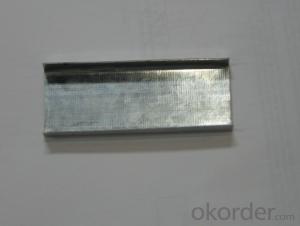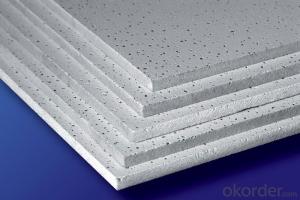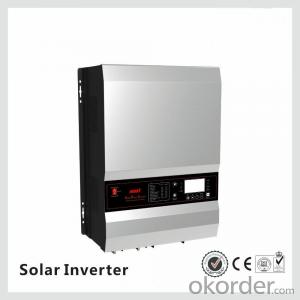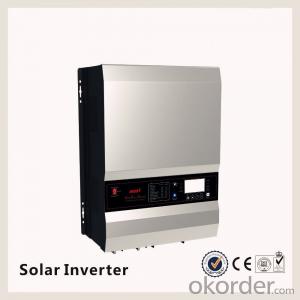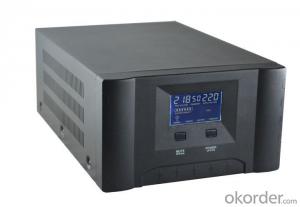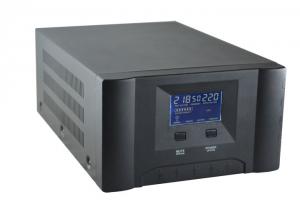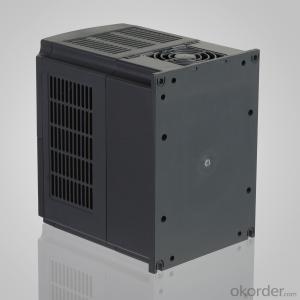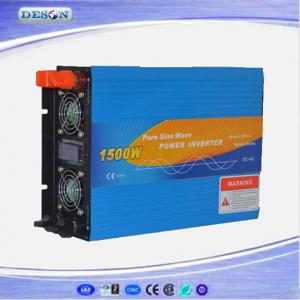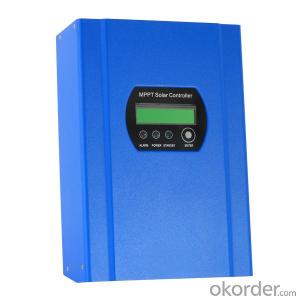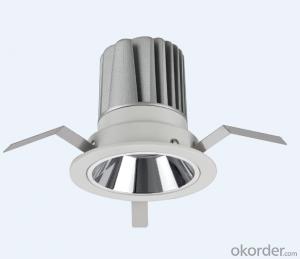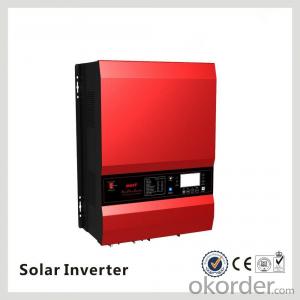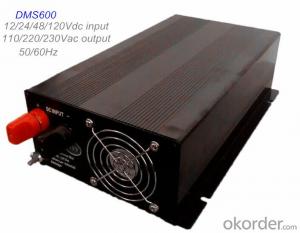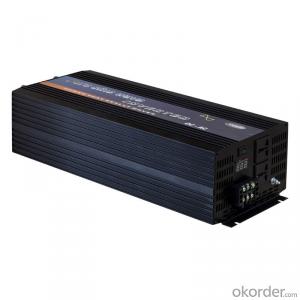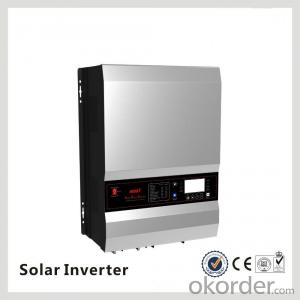Solar Power To Ac Inverter
Solar Power To Ac Inverter Related Searches
Best Stainless Steel For Knives Primer For Galvanized Steel H S Code For Stainless Steel Wd 40 For Stainless Steel Spray Paint For Stainless Steel Glue For Stainless Steel Drill Bits For Stainless Steel Spray For Stainless Steel Welder For Stainless Steel Diamond Grinding Wheels For SteelHot Searches
Steel Mesh Panels For Sale Price For Stainless Steel Scrap Scrap Price For Stainless Steel Stainless Steel Tank For Sale Cheap High Tea Sets For Sale Stainless Steel Tanks For Sale High Density Fiberboard For Sale Solar Hot Water Collectors For Sale Scaffolding For Sale In Uae Scaffolding For Sale In Ireland Scaffolding For Sale In Houston Type Of Inverter For Solar Price Of Shipping Containers For Sale Types Of Inverter For Solar Stock Price For Aluminum Used Solar Inverter For Sale Portable Led Signs For Sale Stone Hot Water Bottles For Sale Aluminum Coil Stock For Sale Steel Mesh Panels For SaleSolar Power To Ac Inverter Supplier & Manufacturer from China
Okorder.com is a professional Solar Power To Ac Inverter supplier & manufacturer, offers integrated one-stop services including real-time quoting and online cargo tracking. We are funded by CNBM Group, a Fortune 500 enterprise and the largest Solar Power To Ac Inverter firm in China.Hot Products
FAQ
- Insulation resistance measurement in a solar inverter is crucial as it helps ensure the safety and efficiency of the electrical system. By measuring the insulation resistance, any potential faults or deteriorations in the insulation can be detected, preventing electrical leakage or short circuits. This measurement also helps identify any insulation breakdowns that may compromise the performance and reliability of the solar inverter. Ultimately, insulation resistance measurement is essential for maintaining the integrity of the solar inverter and ensuring the safety of both the electrical system and the people using it.
- Yes, a solar inverter can be used in conjunction with a wind turbine. Both solar panels and wind turbines generate DC (direct current) power, which needs to be converted to AC (alternating current) power for use in homes and businesses. Solar inverters are designed to convert DC power from solar panels to AC power, but they can also be used to convert DC power generated by wind turbines. By connecting a wind turbine to a solar inverter, the DC power generated by the wind turbine can be converted to AC power and used to power electrical devices or be fed into the grid. This allows for the integration of multiple renewable energy sources, such as solar and wind, in a single system, providing a more reliable and efficient energy generation solution.
- A central inverter is a type of inverter that is used in large-scale solar installations. It takes the direct current (DC) electricity generated by multiple solar panels and converts it into alternating current (AC) electricity that can be used to power homes or businesses. A central inverter is typically located in a central location, such as a utility room or basement. On the other hand, a string inverter is a type of inverter that is used in smaller-scale solar installations. It also converts DC electricity from multiple solar panels into AC electricity, but it does so at the string level. This means that each string of solar panels has its own dedicated inverter. String inverters are usually installed near the solar panels themselves, which can make them more convenient for maintenance and troubleshooting. In summary, the main difference between a central inverter and a string inverter is the scale of the solar installation they are used in and their physical location. Central inverters are used in larger installations and are located centrally, while string inverters are used in smaller installations and are located near the solar panels.
- Load shedding causes voltage and frequency variations, which a solar inverter can handle through its built-in mechanisms and control systems. When these variations occur, the inverter detects them and adjusts its operation accordingly. To handle voltage variations, the inverter employs a voltage regulation system. It continuously monitors the grid voltage and compares it with the standard level. If the grid voltage goes beyond the acceptable range, the inverter adjusts its internal voltage conversion process to maintain a stable output voltage. This ensures that the solar panels generate power within the acceptable voltage limits, minimizing negative effects from voltage fluctuations. Similarly, for frequency variations caused by load shedding, the inverter has a frequency regulation mechanism. It monitors the grid frequency and compares it with the standard level. If there are frequency deviations, the inverter adjusts its internal synchronization process to match the grid frequency. This allows the inverter to synchronize with the grid and feed the generated solar power in a way that is compatible with the grid's frequency. Apart from voltage and frequency regulation, solar inverters often have additional functionalities to enhance their ability to handle load shedding variations. These can include anti-islanding protection, which disconnects the solar system from the grid during a power outage to protect utility workers. Some advanced inverters also have energy storage capabilities, allowing them to store excess solar energy and provide uninterrupted power during load shedding events. Overall, solar inverters are specifically designed to handle voltage and frequency variations caused by load shedding. Through their regulation and control systems, they ensure that the solar power generated remains stable and compatible with the grid, providing a reliable and efficient power supply even in challenging grid conditions.
- Yes, a solar inverter can be used with electric vehicles. It allows for the conversion of DC power generated by solar panels into AC power that can be used to charge the electric vehicle's battery. This helps to make the charging process more efficient and environmentally friendly by utilizing renewable energy sources.
- Yes, a solar inverter can be used in a multi-string configuration. In fact, many modern solar inverters are designed to handle multiple strings of solar panels. This configuration allows for more flexibility in system design and improves overall performance and efficiency of the solar power system.
- Yes, a solar inverter can be used with a solar car charging system. The solar inverter is responsible for converting the direct current (DC) produced by the solar panels into alternating current (AC) that can be used to charge the batteries of a solar car.
- Yes, it is possible to monitor the performance of a solar inverter remotely. Many modern solar inverters come with built-in monitoring capabilities that allow users to track and analyze the system's performance from a remote location. This can be done through dedicated monitoring portals or mobile applications which provide real-time data on energy production, system efficiency, and any potential issues or faults. Remote monitoring enables users to optimize the performance of their solar inverter, identify any maintenance or operational requirements, and ensure the system is operating at its maximum potential.



